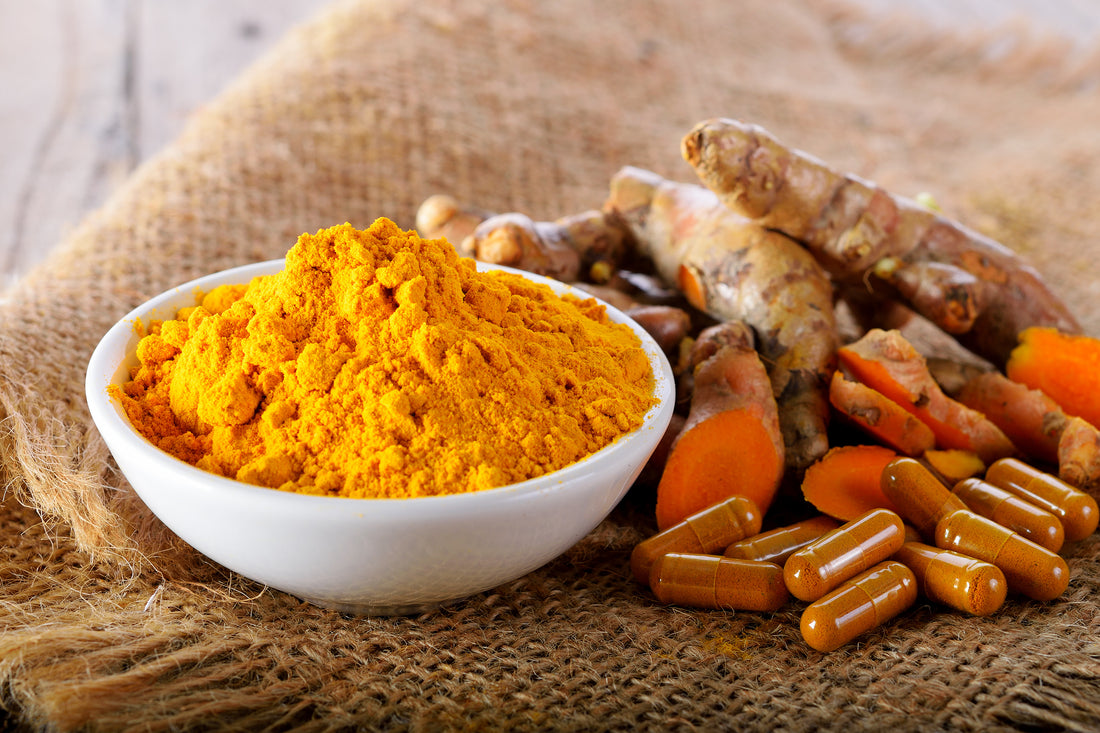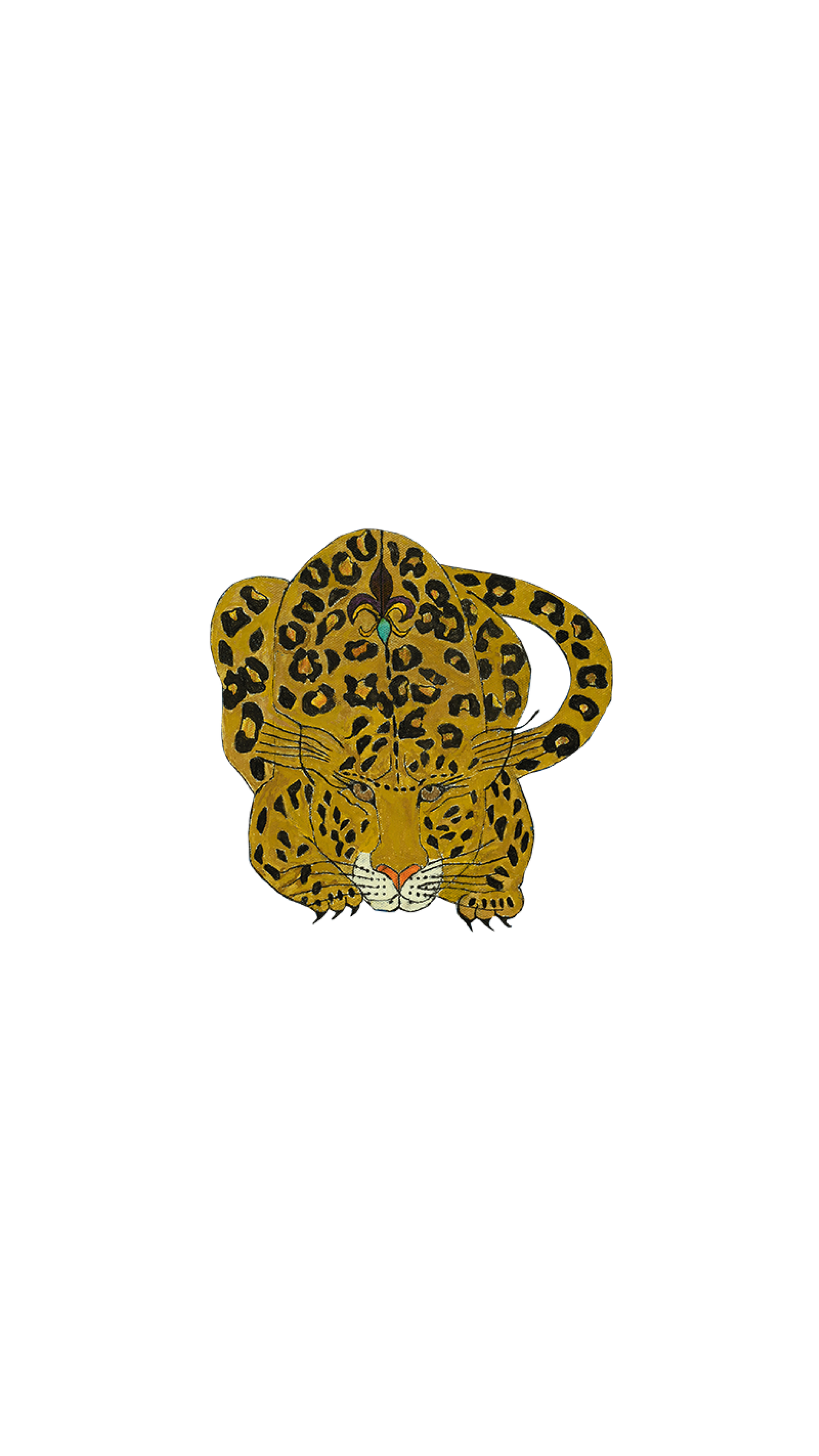
Curcumin
Share
An additional ingredient is curcumin, a food chemical present in turmeric. Curcumin has been demonstrated to have potent antioxidant and anti-inflammatory activity; strongly repressing matrix metalloproteinase 9 gene expression as well as activation of activated protein 1 (AP1) induced by tumor promotors. AP1 is implicated in the process of aging because it induces the formation of metalloproteinases, which cause degradation of interstitial collagen fibers. Curcumin is highly hydrophobic and therefore topical administration is suboptimal due to inadequate bioavailability (Zhang Y et al, 2012;19(25):4348-58. https://
Nevertheless, there are preparations that are composed of 10% curcumin (i.e. 500 microliters of 10% curcumin equivalent to 50 mg) that are held to promote skin healing and have other potential cutaneous benefits. By using the encapsulated vesicular elastic tissue delivery system, a much smaller amount (i.e. 10 micromolar units) can be used. Overall curcumin, when ultimately delivered to the dermis, has potent UV induced oxidative stress inhibitory features. Curcumin, a component of the spice turmeric, was tested for its potential hormetic anti-aging effects as an inducer of mild stress. Young skin fibroblasts incubated with low doses of curcumin exhibit a reduction in heme oxygenase followed by a compensatory increase in glutathione S transferase activity. Curcumin also induced nuclear factor-erythroid-2-related factor 2 accumulation in the nuclei. The use of the antioxidant N-acetyl cysteine prevented the induction of HO-1 by curcumin (Lima CF et al, 2010). Curcumin induces cellular stress responses in the skin fibroblasts of the skin via phosphatidylinositol 3-kinase/Akt pathway and redox signaling indicative of its role as an important antioxidant (Agrawal R et al, 2010 https://www.liebertpub.com/doi/full/10.1089/rej.2009.0906?url_ver=Z39.88-2003&rfr_id=ori%3Arid%3Acrossref.org&rfr_dat=cr_pub%3Dpubmed&); (Ganesan P, Choi DK/PMC4869672).

